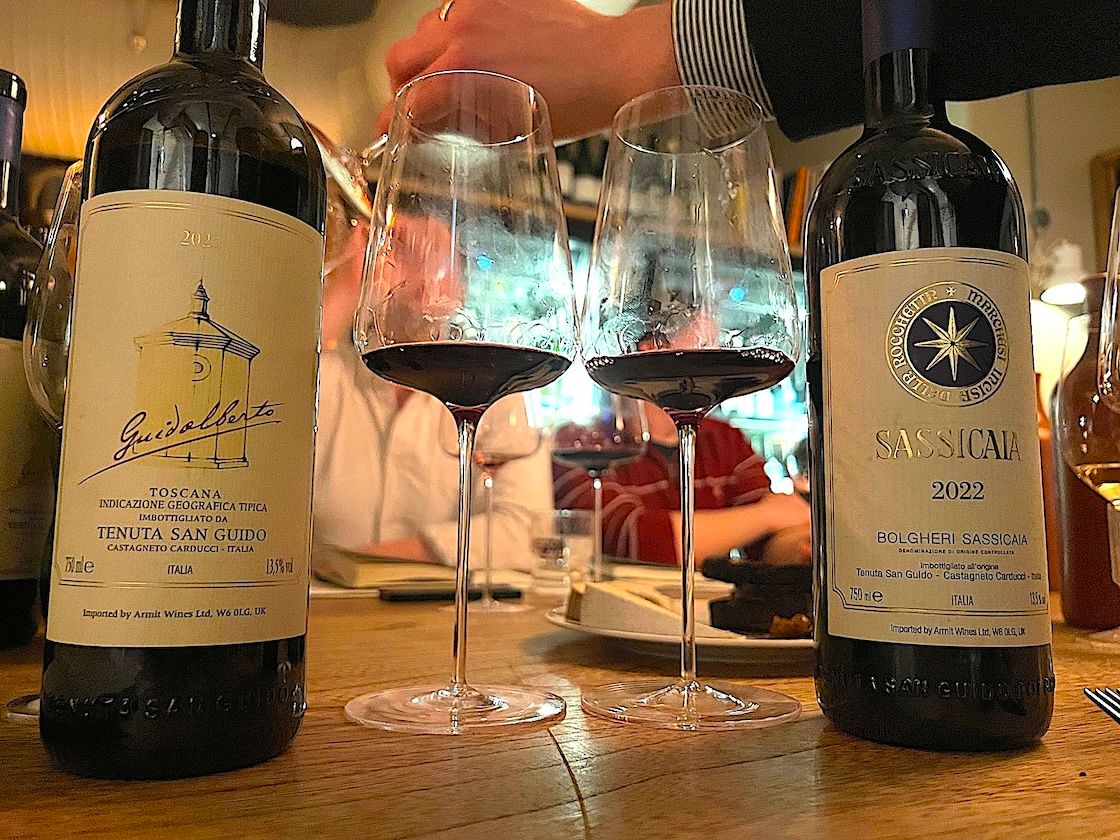Being able to manage supply and demand for some of the on-trades’s most sought after wine brands has been a bigger challenge than normal for Andrew Hawes and the team at Mentzendorff & Co.
Flicking through Mentzendorff’s range of wines, spirits and producer partners is like a countdown of the most known and respected drinks brands in the world: Champagne Bollinger; Klein Constantia; Taylor’s Port; Hamilton Russell; Tapanappa; or Jean-Luc Colombo, to name but a few.
There are now 26 wine and spirits producers that make up the Mentzendorff portfolio. A number that has grown over the last couple of years as the company has looked to respond to customer and supply demand to bring in new names to keep its range fresh and interesting.
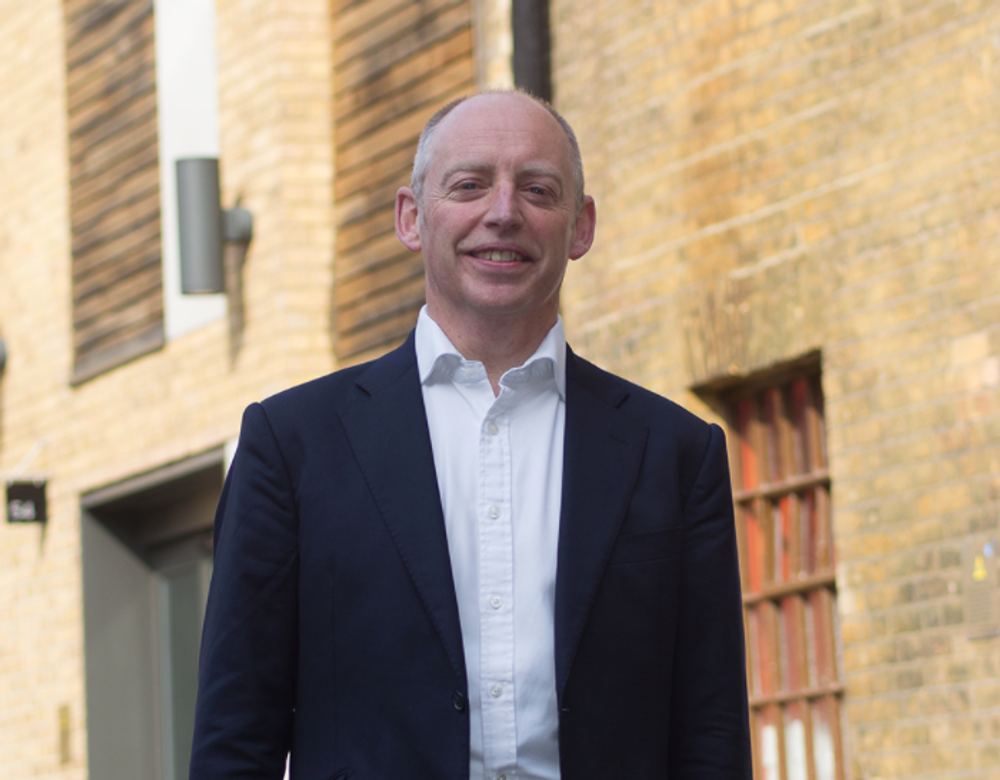
Having a strong multi-channel business has been crucial during Covid-19 says Mentzendorff’s Andrew Hawes
“Having such a strong brand portfolio with established brands has really shown its worth,” says Hawes.
Yes, there has been more opportunity for people to experiment and try new wines and spirits over the lockdown, it was the most recognised and established brands that the majority of consumers turned to in their hour of need. Be it for a combination of comfort, reassurance, quality and prestige. All of which help make you feel a lot better about drinking them, says Hawes.
“It was the established brands that people turned to first,” he says. “August last year was a record year for Champagne as we all had to stay home for staycations. Then last Christmas was just incredible when we all locked down again and people were willing to treat themselves, particularly online, which has been great for premium Champagne.”
Port was also in high demand which is unusual going into the early summer. Traditional styles of Port like Late Bottled Vintage that usually sees most of its yearly sales in the last quarter of the year was seeing a huge surge in demand even in the first lockdown in March 2020.
“It was staggering,” says Hawes. “If you can remember in April and May 2020 it was really hot and yet we were still selling almost Christmas-like levels of Taylor’s LBV Port . People were clearly looking for that sense of comfort and tradition to help see them through what was such a difficult time.”

Demand for vintage port – like Taylor’s LBV – became all year round during the height of the pandemic says Andrew Hawes
Just how much of that demand will continue to push on around the year remains to be seen once we all get back to a post Covid normality, but it has at least given Port and other Fortified Wine brands a new lease of life to look at what possibilities there are at different times of the year.
“People have rediscovered their love for Port, Sherry and Madeira. Champagne has come into its own, and not just for celebration either. White Port sales went through the roof as people discovered white Port and tonic.”
Supply and demand issues
These changes in consumer behaviour during Covid-19, however, are part of the reason why we are now seeing shortages in key categories like Champagne going into Christmas 2021, says Hawes. These are known as traditional categories for a reason. They follow set patterns of behaviour. Suddenly selling festive levels of Champagne in the middle of August throws the whole supply chain up in the air.
Hawes says for businesses like Mentzendorff, and major Champagne houses like Bollinger and Ayala, they had “no reference” point to turn to.
“The assumption going into the pandemic was the market would turn down, but it all bounced back instead,” he explains. “The global market did not turn down as much as those in Champagne thought it would do.”
That’s one of the main reasons why there is such a shortage of Champagne across all the major houses going into this festive period. In a usual Champagne cycle producers would be looking to bottle the following year’s Champagne the March or April before. But with the world going into lockdown all over the planet in Easter 2020, the majority of Champagne players decided to hold back on bottling assuming there would be less demand for Champagne in the 18 months to come.
“Wines that would normally have gone into the bottle in March 2020, at the height of the pandemic, were still in tank. Then all the markets came back at the same time,” explains Hawes.

Champagne houses like Bollinger, and its distributors, have had “no reference” point on which to base forward sales predictions because of the global pandemic
The subsequent surges in demand for Champagne during the year have all contributed to shortening the level of supplies available now. “There were much stronger sales in the middle months than anticipated,” adds Hawes. “The UK was able to have a very strong Champagne market last Christmas as we took wine from other markets, but that is not the same this year.”
He admits they are now in a position where “core established premium brands [like Bollinger] are in limited supply”.
Parallel markets
As well as the demand for the tried and trusted there was also a surge in interest from consumers for something new, different and exotic with more people willing to trial and experiment with new products be it spirits or wine styles and countries.
“You had these two trends going on almost in parallel,” says Hawes . “A demand for tradition and comfort, but also experimentation and trying something new.”
Those trends have continued through 2021 even with the return of the on-trade. But it has only really been in recent months when buyers have been interested in taking on new wines completely.
The big game changer throughout has been online, says Hawes. “The assumption was that when the on-trade came back, then online would slump back, but in reality it has surged and matured and has not dropped back at all. It’s a lot bigger for us that it was two years ago.”
The independent merchant sector also continues to defy the odds and it has become Mentzendorff’s fastest growing sector in 20212 on the back of a very good 2020.
“I think the opportunity initially surprised them, but they have seized it really well and done so much to capture local customers and get their loyalty,” says Hawes.
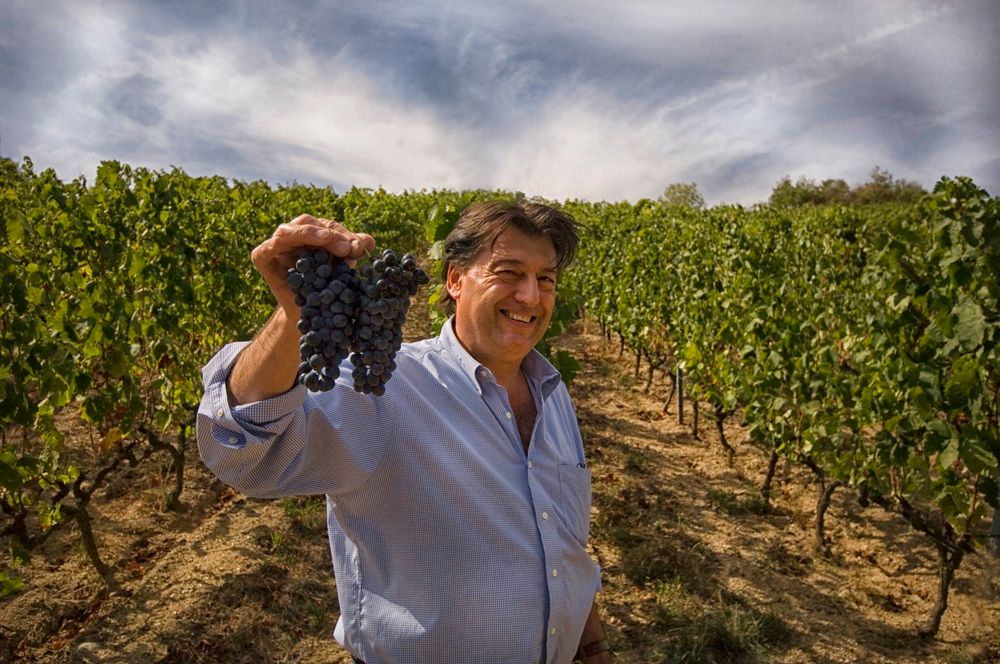
Jean-Luc Colombo is another big name to have been signed up by Mentzendorff
New business models
What has been particularly exciting to see, he adds, is the number of new businesses that have emerged, driven by fresh thinking entrepreneurs willing to give new business models a go.
“The way the trade has developed over the last couple of years has also given these businesses the opportunity to flourish,” says Hawes pointing to the number of new hybrid businesses that have “a shop, a cool website and are also running exciting and interesting tastings as well”.
Businesses that have quickly built up a wholesale arm supplying some of the more hip and happening hotels and bars. “It’s a nice business model to have,” says Hawes. “We are clearly keen to work with these more agile and fleet of foot operators.”
“We have never opened so many accounts as we have in the last 18 months,” he adds, which is no mean feat in what had become a “pretty static, safe and stagnated market” prior to Covid-19.
The UK, he says, was arguably guilty of going into a Brexit hangover well before it actually happened and trading conditions were “ultra sensitive and competitive”.
“We are only now really seeing what some of the future opportunities might be, which is why we are working harder on portfolio development than we have ever done before.”
Have to be relevant
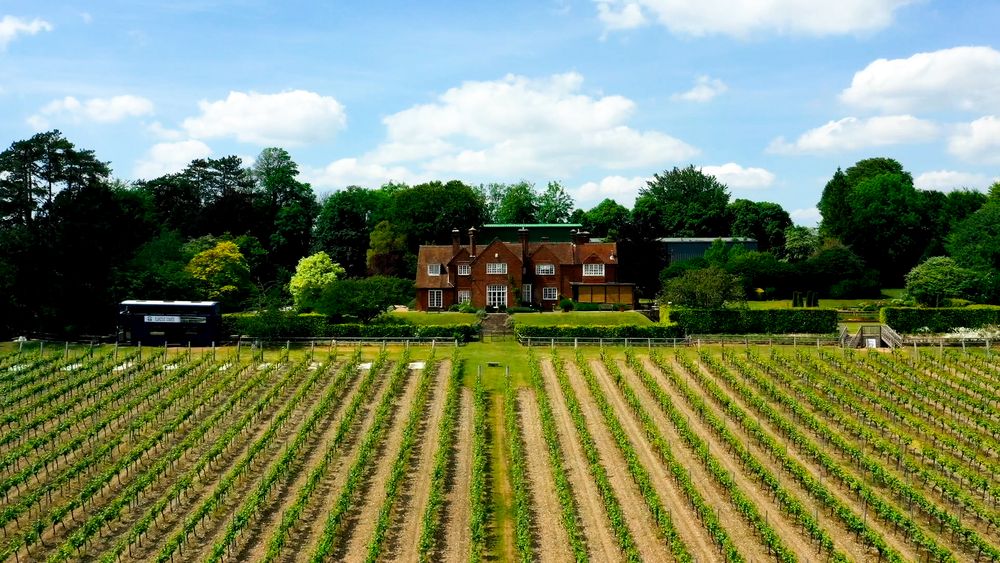
English sparkling wine producer Hambledon Vineyards is one of a number of new producers that have joined Mentzendorff in the last 18 months
For a business like Mentzendorff it has been a delicate balancing act between looking at new producer partners to bring into its range in order to offer customers something new and relevant, but also in the knowledge that many buyers are not looking to extend or change their lists.
It has only really been in the last few months that the steps the business took over the last year to seed new producers into the company – like English sparkling wine producer Hambledon – are starting to turn into solid listings.
“We are not responding to short term trends,” insists Hawes. “There is only X amount of room for producers in our business if we are going to be able to give them the level of support they need and deserve. So we have to be very focused about what we can offer. We are always looking to see what our customers want and where we can go and potentially fill those gaps.”
He is also realistic enough to know that a business of Mentzendorff’s size is never going to go and “supply 100%” of someone’s list. “What we have done is take the steps to become more relevant, and a stronger supplier to our on-trade customers,” he explains.
Bespoke contracts
The core of Mentzendorff’s business sits in London and the south of the country where it has been able to build long term partnerships on the back of the strength of its portfolio. It has the wines and spirits its customers want to list.
There is now the opportunity, says Hawes, to strengthen those relationships even more by working on bespoke contracts and exclusive own label wines for different restaurant customers. “It’s an interesting development for us,” he admits. “But it allows us to get much closer to them and to the sommeliers and their teams.”
It is an area it has worked in for the last three to four years, but now sees it as far more a strategic part of the business for “certain customers”.
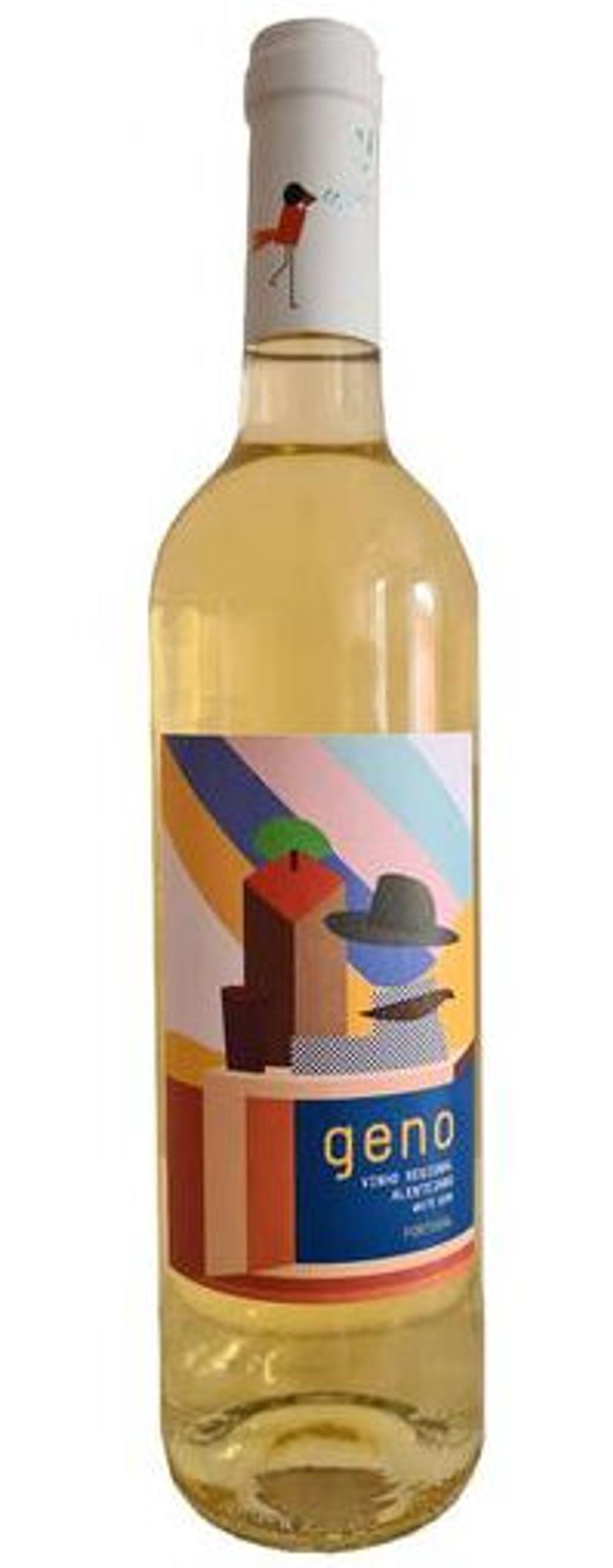
It has, for example, created a bespoke Portuguese brand, Geno, that is made by Cartuxa in the Alentejo. It’s the first time that Mentzendorff has moved into southern Portugal, but now means it is strong across the country with its alliances in the north and the Douro valley.
Other new producers to have joined the Mentzendorff stable in recent months is Château La Fleur de Boüard, Mentzendorff’s first foray into Bordeaux. It’s quite a coup for the business as it has managed to persuade it to come out of the La Place system and work directly with Mentzendorff. It immediately gives it access to great Chateau-aged Bordeaux vintages including the 2011, 2014 and 2015, says Hawes.
Mentzendorff’s strategy is increasingly to forge “clusters of strength” from different regions and countries in its portfolio.
“We look,” he explains, “to have a top two or three producers in key countries around the world. We can get credibility in those regions by creating mini collections of wine – like with Klein Constantia and Hamilton Russell in South Africa. It then allows us to look for more producers in those areas.”
Italy is now part of Mentzendorff’s world map with the arrival of Ceretto in Barolo and Barbaresco – and Ciacci Piccolomini d’Aragona in Brunello di Montalcino, who Hawes admits he got to know through his extensive cycling in the region.
Mentzendorff’s credentials
As to why a producer of the calibre of Château La Fleur de Boüard might want to join Mentzendorff lies in the fact it is joining what remains a pretty exclusive list of top name players from across the world, says Hawes.
“I think for a producer we are pretty unique. We are unashamedly middle sized. We have a team of 40 in the market and are big enough to offer scale and go about things in a highly professional way and put together three to five year brand plans. We are financially secure and stable considering the two great wine families who owns us (Bollinger Family & The Fladgate Partnership) and we also treat every producer the same.”
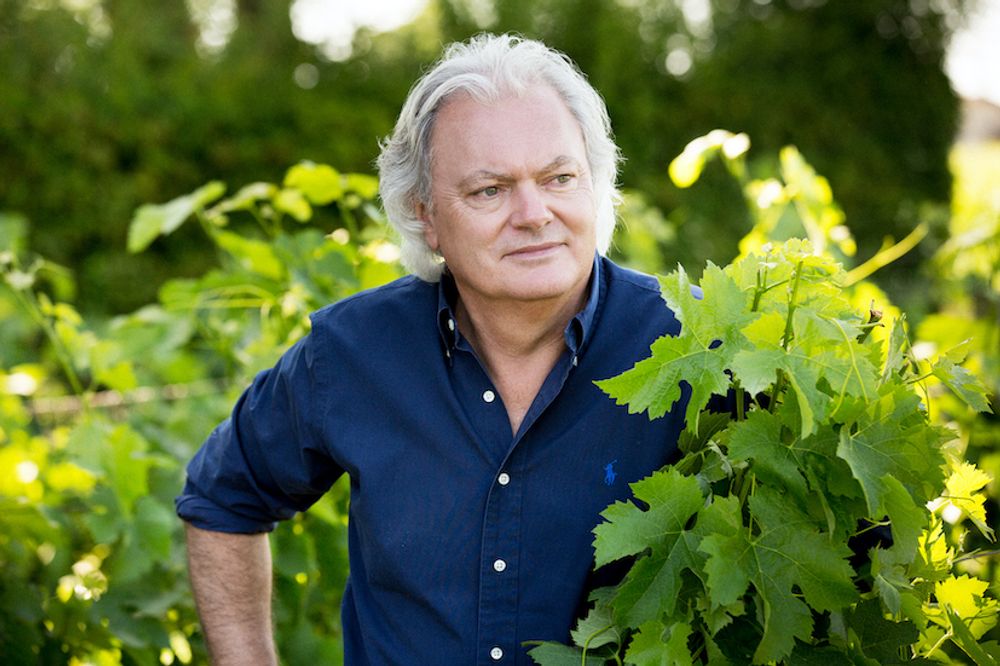
Hubert de Boüard has brought his Château La Fleur de Boüard business into Mentzendorff’s distribution
He also thinks there is a real energy and advantage of being part of such a wide and experienced group of producers, all of which can help each other as they are not directly competing with producers in their own fields.
“We can also offer multi channel distribution and brand development with sales teams focused on each key channel,” adds Hawes. “We are a dynamic team and want our producers to be part of our team. That connection is really important to us. We can give them that love that they are looking for, but also have a medium and long term view as well.”
Interestingly Hawes has also noticed a marked difference in how producers around the world now look at the UK on the back of the pandemic.
He says going into March 2020 there was much less confidence and support for the UK on the back of two to three years of pre-Brexit “Brand Britain”. In fact a number of the producers Mentzendorff is now working with had left the UK as they could not get their wines to work at the margins and prices being demanded.
Now the markets are opening up again there is much more of a feeling that the UK, and London in particular, is such an important market that you just have to be there to be taken seriously.

Mentzendorff has been able to capitalise on Bollinger’s connection to the James Bond films by opening a Bollinger-Bond themed bar in London
“There is a real power of London as a global city,” says Hawes. “That log jam, that damn has now burst. The consumer during the pandemic has shown they will spend more.”
He says the pandemic has also made many producers, operating in multiple markets around the world, re-group their efforts and really assess which markets are the most important to them.
That ‘rebalancing” means many are now coming back to the UK and realising how strategically important it is for them. How can they build a strong local, national business and then balance that with pushing distribution in the all important US market, but then being much more tactical about how they work in Asia, China.
“They are looking much closer at where they make their money and where do they build their brands,” explains Hawes. “In the 1980s and 1990s the UK was the perfect market as you could sell a lot of wine, but also build a good brand. Then we got stuck in the negative cycles of price and competition.”
Now the UK market is far more premium with the on-trade and burgeoning specialist independent wine market.
“The UK also remains the centre of the fine market and that is very important in terms of having a global business. It has a halo effect on the rest of the sector.”
Which is why it is even more important for Mentzendorff to be strong across all channels of the trade, with a bigger leaning towards the on-trade than retail – around 65% to 35% split.
Ultimately, he adds, it is about where you are sold within those channels that really counts and that is where he hopes Mentzendorff offers great value to its producers.
- Mentzendorff is a producer partner of The Buyer.






